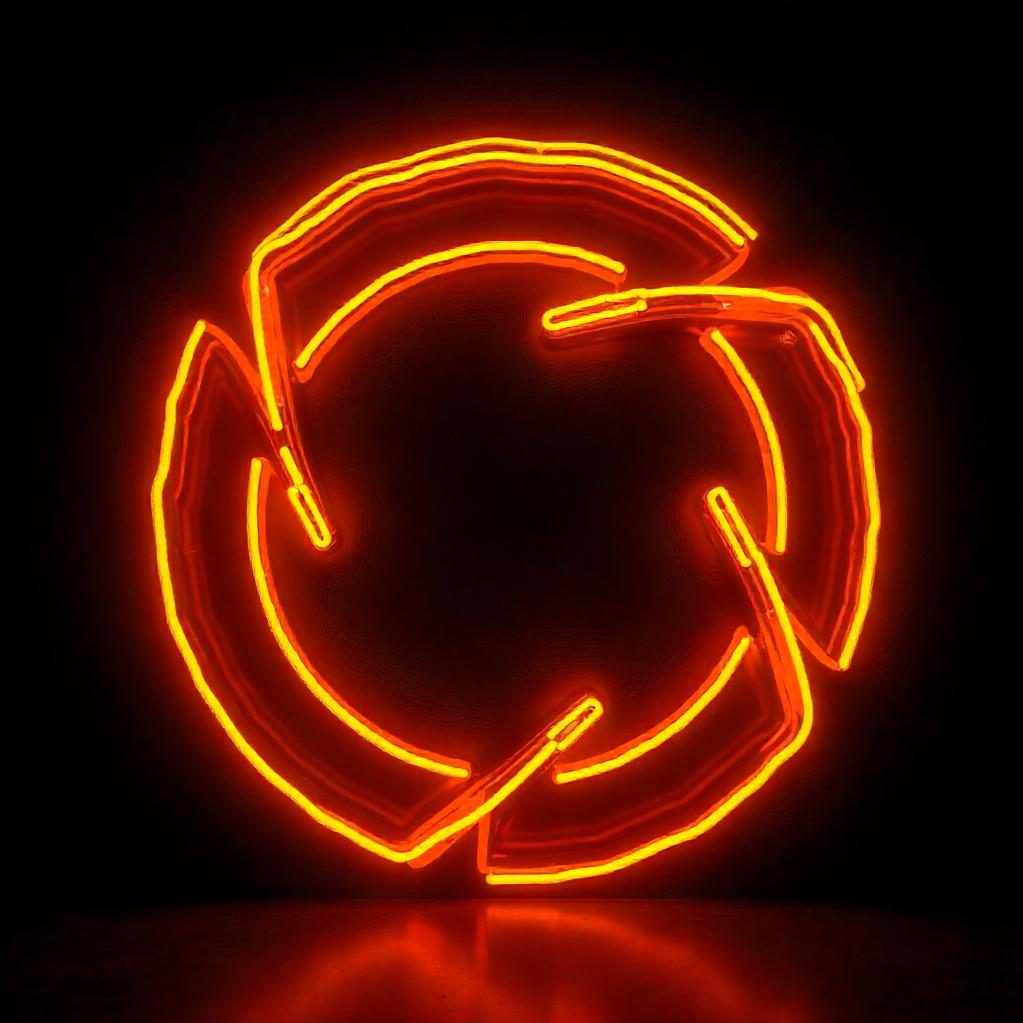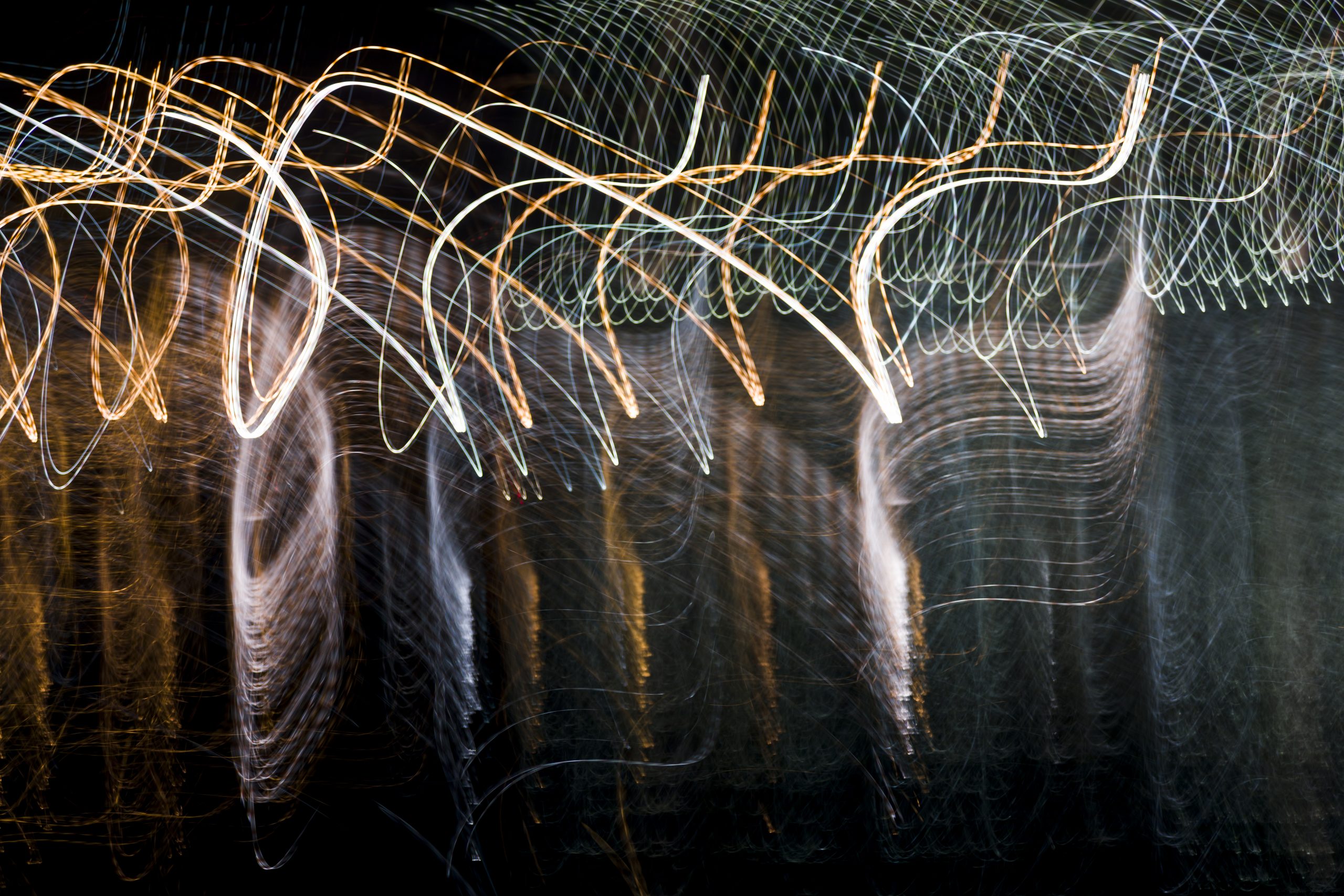Abstract motion art is a captivating fusion of dynamic visual forms and creative expression, emerging as a significant trend in the modern art scene. Unlike traditional static art forms, abstract motion art is constantly evolving, offering viewers an immersive experience. This genre of art combines elements of abstraction with movement, making it an exciting and innovative approach to visual storytelling. In this article, we explore the rise of abstract motion art and its impact on the modern art world.
1. What is Abstract Motion Art?
Abstract motion art refers to the use of abstract forms and dynamic motion to create artwork that evolves over time. Unlike traditional abstract art, which remains fixed, abstract motion art incorporates movement, either through physical or digital means. This movement can be a direct reflection of the artist’s creative process, or it can be generated using technology such as animation, video art, or even interactive media.
- Key Aspect: The movement in abstract motion art adds a sense of fluidity and change, engaging the viewer in a way that static art cannot.
2. The Role of Technology in Abstract Motion Art
Technology has played a crucial role in the development and rise of abstract motion art. With advancements in digital tools, animation software, and interactive platforms, artists now have the ability to create mesmerizing visual experiences that would have been impossible using traditional techniques. The use of algorithms, generative art, and 3D modeling has enabled artists to explore new dimensions of creativity.
- Key Aspect: The accessibility of digital tools has democratized abstract motion art, allowing a new generation of artists to experiment with complex visual narratives and interactive installations.
3. The Impact of Abstract Motion Art on Contemporary Art Culture
Abstract motion art has not only influenced the visual art world but has also had a significant impact on contemporary culture. It has been embraced by galleries, museums, and online platforms as a way to bring art into the digital age. Many modern art exhibitions now feature motion-based artworks, offering audiences an immersive experience that challenges traditional perceptions of art.
- Key Aspect: Abstract motion art blurs the lines between visual art, performance art, and technology, creating a new form of art that speaks to modern sensibilities.
4. Interactive and Immersive Abstract Motion Art
One of the key developments in abstract motion art is its interactive nature. Artists are increasingly using interactive technologies to create pieces that respond to the viewer’s presence or actions. This could be through the use of motion sensors, touch interfaces, or virtual reality (VR). The interactive element makes the art more personal and allows the viewer to shape the experience in real-time.
- Key Aspect: The ability for viewers to influence the artwork adds a layer of engagement, transforming the viewer from a passive observer to an active participant.
5. The Future of Abstract Motion Art
As technology continues to evolve, so too will abstract motion art. With the rise of artificial intelligence (AI), machine learning, and augmented reality (AR), the possibilities for abstract motion art are endless. Artists will be able to create even more intricate and dynamic pieces that engage multiple senses and challenge the viewer’s perception of reality.
- Key Aspect: The future of abstract motion art holds immense potential for further exploration of technology and human creativity, leading to new, groundbreaking forms of visual expression.
Conclusion
Abstract motion art represents a bold step forward in the evolution of visual arts, merging abstraction, motion, and technology. As it continues to rise in popularity, it offers new ways to interact with and experience art, reflecting the fast-paced, ever-changing nature of the modern world. Artists are pushing boundaries, and audiences are being introduced to an entirely new realm of immersive, dynamic art that invites exploration and personal engagement.


